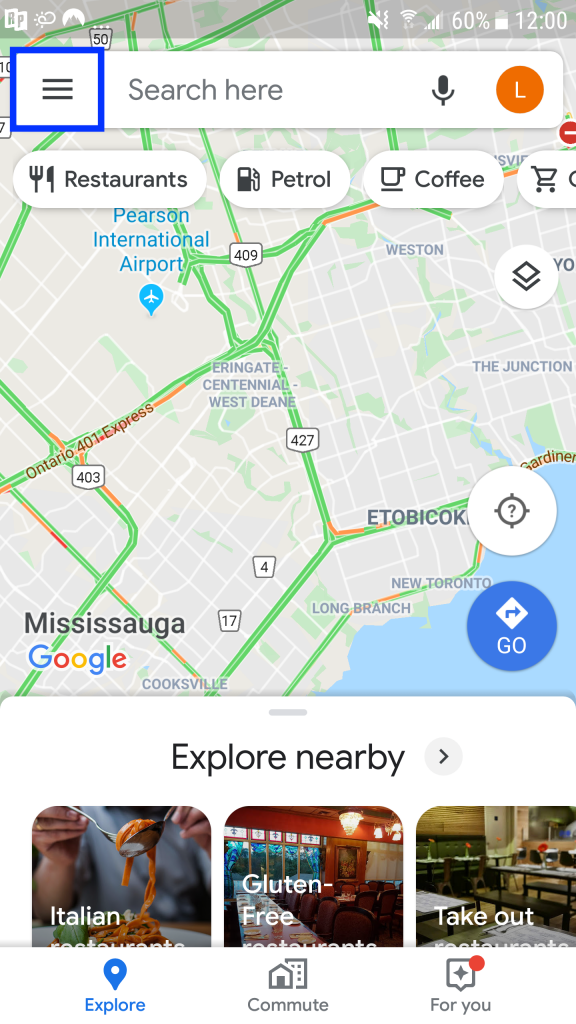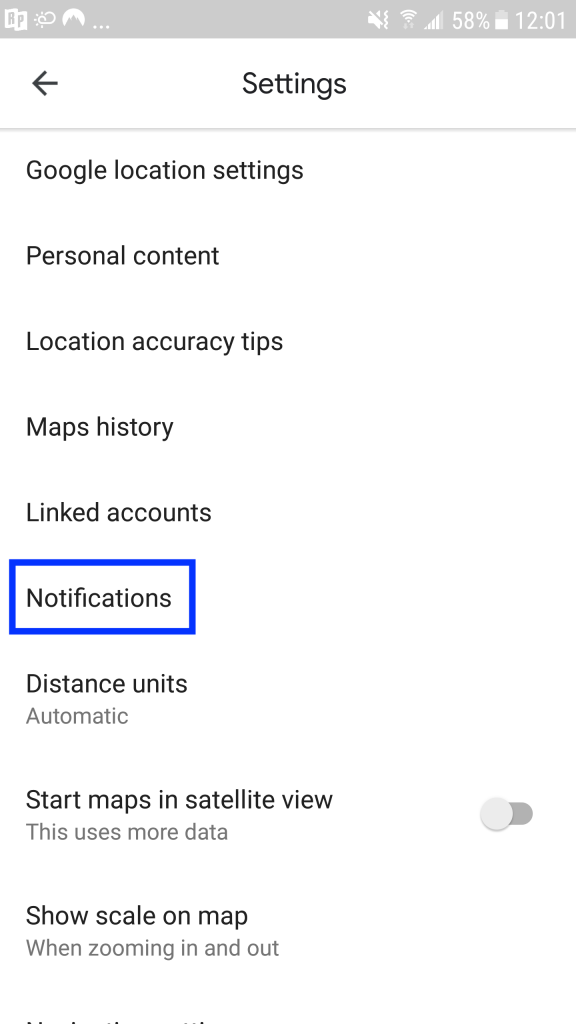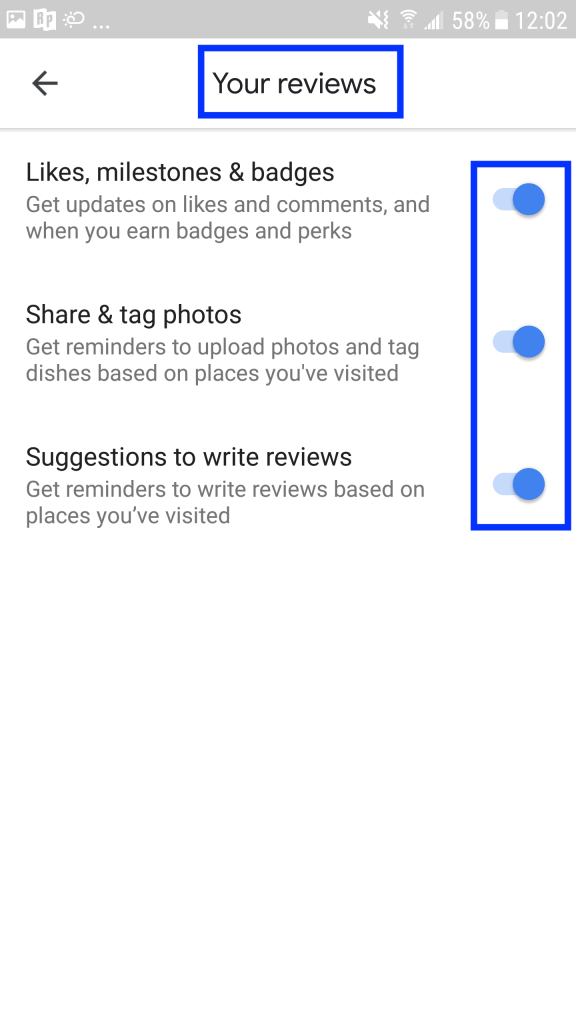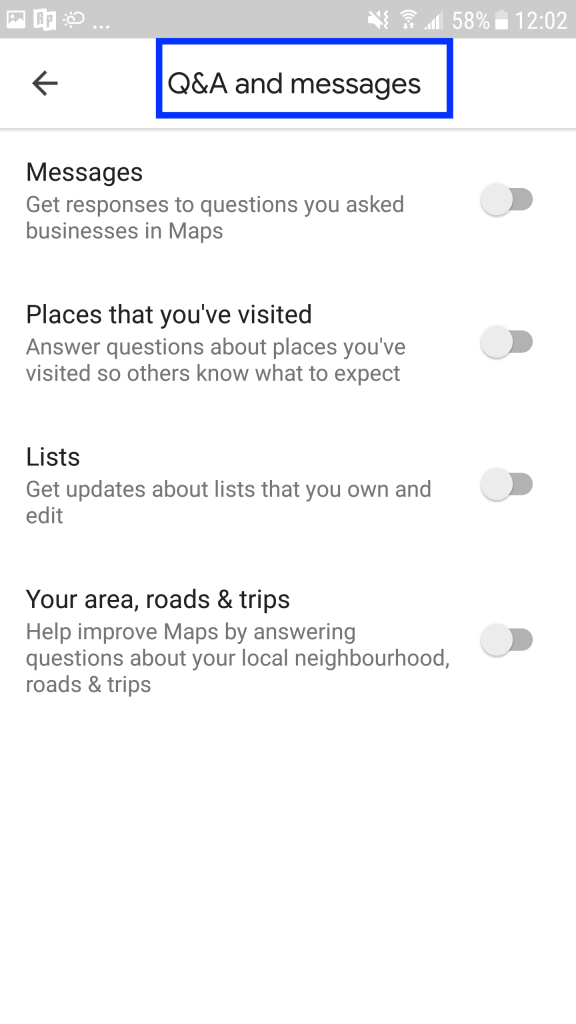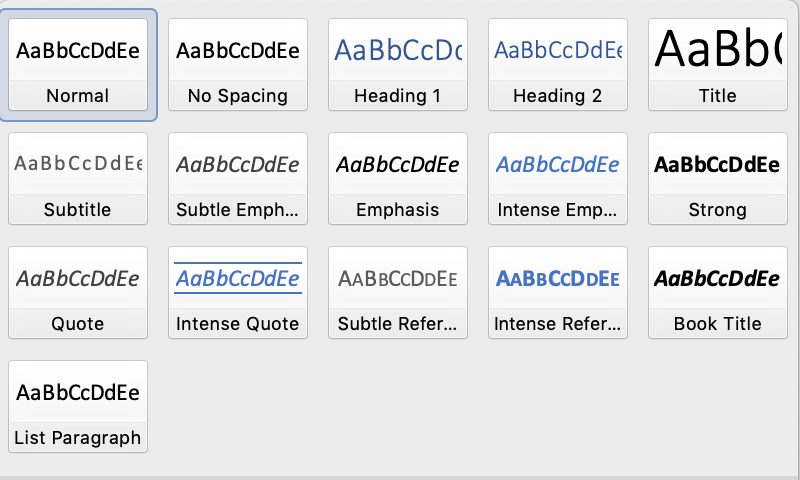Recently Twitter and Google decided to ban political advertisements on their services. Facebook, however, decided to let users post them. Considering how influential social media can be, the two extreme policy decisions are interesting to consider.
On the one hand, social media is great at targeting users based on preferences and profiles. This makes it easy for users posting political ads, whether real information or disinformation, to reach their intended audience.
On the other side, social media companies are privately owned and they can make policies about what types of things are permissible to post. However, given the number of controversies in recent years about the strong influence of social media on spreading disinformation/misinformation and causing things like riots, discrimination, and potentially having an impact on the US 2016 presidential election results, it does make these types of policy decisions tricky.
It raises the question of how much control social media companies should have over the kind of content posted through their services. Is it their responsibility to be policing language and controlling what people can and can’t post? And really, how much control could a social media company have when the service is used globally by millions or billions of people. Even a small percentage of users posting inappropriate or forbidden content forbidden would still amount to a large volume to manage.
Even with the restrictions in place to ban all political ads for Google and Twitter, it could still be hard to enforce with global users and a wide range of languages being used. Equally challenging is for Facebook to determine how they are going to maintain oversight on political ads. Will they allow any type of ad to be posted, even if it contains misinformation/disinformation? This could be especially challenging now that video can be manipulated and constructed through the use of AI to create misleading and fabricated content.
So which policy is the right one for a social media company to enforce: to ban or allow all political advertisements? Is there a way to find a compromise in the middle? For the moment, Facebook seems to be allowing all ads to be run, even ones that candidates requested to be removed because they contained inaccurate information or had been manipulated. With the US primaries approaching, it will be interesting to observe the impact of social media on the elections.

